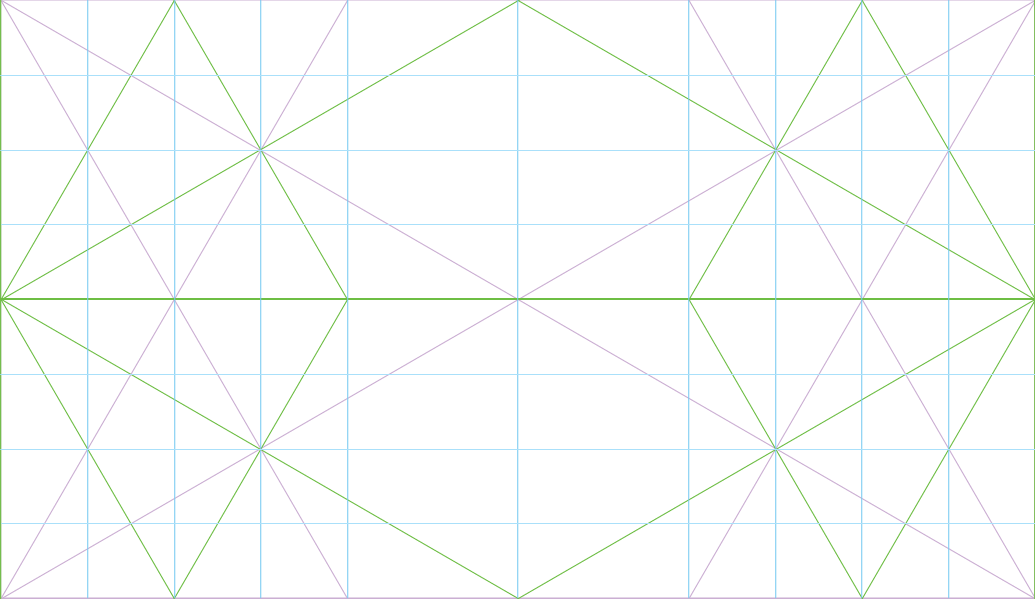Introduction
"I want structure, to be told what to do, what do you mean that there is this freedom? What will I do?" These were my initial thoughts after a statement by the course creator that the content of the MA programme is "student led", there would be "no spoon feeding".
Definitions
Of course there is structure in the MA course, a framework within which it operates. There is a time frame, modules, sprints, weeks, recommended and optional reading lists, assignments, etc.
So, Structure = Framework
A dictionary definition: noun - "the arrangement of and relations between the parts or elements of something complex." Or as a verb - "...give a pattern or organization to." (‘Definition of a Structure - Google Search’ 2022)
So, Structure = Pattern / Organisation / Relationship
Looking at the definitions it would seem that it was not really "structure" that I was lamenting. It was more about being spoon fed, "just read this, then do that, then this, and if you follow along the outcome will be...". At a masters' level, of course this "paint-by-numbers" approach is totally inappropriate!
Nevertheless...
Nevertheless, it got me thinking about structures, patterns, and spoon feeding, and how this relates to UXD.
Information architecture
A quick Google search (‘Information Architecture as Vital Part of Ux Design - Google Search’ 2022) brings up a host of articles related to UXD and Information Architecture (IA), how IA is an essential part of the UX process, a key aspect, how it structures the information of a website or application to guide the user to accomplish their goals. Structure is at the core of UXD.
UI/UX Patterns
In Psychology and Cognitive Neuroscience they speak about pattern recognition. That is, how our brains process information, matching new information (input) with information that is already stored in the brain. This pattern recognition is crucial to human functioning in the world. (‘Pattern Recognition (Psychology)’, 2022) Not only is it crucial to human functioning, it also creates feelings of safety, security, and comfort. (‘The Importance of Schedules and Routines | ECLKC’, 2020) We know what to expect from our environment, we are in control and this is beneficial to our physical and psychological well-being. (Noordewier and Rutjens, 2021)
This insight is reflected in UXD, here is an article encouraging designers to stick to tried and tested UX patterns - (‘Why Designers Should Stick To UX Patterns’, 2018). For example, a webpage is generally constructed with the logo and global navigation at the top of the page. To break with established UX patterns could cause visitor confusion and frustration, and ultimately may lead to them abandoning the website.
Pattern Libraries
Pattern libraries, design systems, and style guides, are created by businesses to define and maintain a particular structure or pattern. Teams are able to maintain consistency, consistency in approach, design, branding, and hopefully outcome. Consistency in expectation is good for users, as outlined above. Here is an interesting article which explains ‘The Difference Between Design Systems, Pattern Libraries, Style Guides & Component Libraries’ (2022), all of these are geared towards, dare I say it, "spoon feeding" teams and users alike.
Here are links to some libraries and guides:
- ‘Design System - NHS Digital Service Manual’, 2022
- ‘Meet Your New Twitch’, 2022
- ‘Top 100 Best Style Guides Of Famous Brands’, 2022
Dark Patterns
Wherever there is light, helping users for their benefit, there is dark, manipulating users for selfish benefit! An example of a dark UX pattern may be a button on a website saying something but when clicking it actually does something else. Dark patterns is a fascinating subject, suffice it to say here that with knowledge of human traits, propensities, strengths and weaknesses, e.g. the desire for structure, consistency, safety, comes a responsibility to create products and services that serve user needs and goals, for their benefit.
Here is a link to further reading and study: 'The Dark (Patterns) Side of UX Design', Gray et al., 2018
Conclusion
As human beings, we seek to create order from chaos, to create structures and patterns from our experiences. These tendencies are rooted in the need for physical and psychological safety. In a Master's level university course it is expected that learners discover their way, to investigate, to be curious, as this increases growth, allows for discovery, even allows for the discovery of purpose. This method however, in general, is not appropriate when creating User Experiences. It is better to guide users through to reaching their goals, lead them, help them, explain, make it explicit, spoon feed them!
References
‘Pattern Recognition (Psychology)’. 2022. Wikipedia. Available at: https://en.wikipedia.org/w/index.php?title=Pattern_recognition_(psychology)&oldid=1081210912 [accessed 6 Jun 2022].
‘The Importance of Schedules and Routines | ECLKC’. 2020. [online]. Available at: https://eclkc.ohs.acf.hhs.gov/about-us/article/importance-schedules-routines [accessed 6 Jun 2022].
NOORDEWIER, Marret K. and Bastiaan T. RUTJENS. 2021. ‘Personal Need for Structure Shapes the Perceived Impact of Reduced Personal Control’. Personality and Individual Differences 170, 110478.
‘Why Designers Should Stick To UX Patterns’. 2018. Speckyboy Design Magazine [online]. Available at: https://speckyboy.com/keep-code-designers-stick-ux-patterns/ [accessed 6 Jun 2022].
‘The Difference Between Design Systems, Pattern Libraries, Style Guides & Component Libraries’. 2022. Studio by UXPin [online]. Available at: https://www.uxpin.com/studio/blog/design-systems-vs-pattern-libraries-vs-style-guides-whats-difference/ [accessed 7 Jun 2022].
‘Design System - NHS Digital Service Manual’. 2022. nhs.uk [online]. Available at: https://service-manual.nhs.uk [accessed 7 Jun 2022].
‘Meet Your New Twitch’. 2022. Twitch Brand [online]. Available at: https://brand.twitch.tv/ [accessed 7 Jun 2022].
‘Top 100 Best Style Guides Of Famous Brands’. 2022. [online]. Available at: https://www.ebaqdesign.com/blog/style-guides [accessed 7 Jun 2022].
GRAY, Colin M. et al. 2018. ‘The Dark (Patterns) Side of UX Design’. In Proceedings of the 2018 CHI Conference on Human Factors in Computing Systems. CHI ’18: CHI Conference on Human Factors in Computing Systems, Montreal QC Canada, 21 April 2018, 1–14. Available at: https://dl.acm.org/doi/10.1145/3173574.3174108 [accessed 7 Jun 2022].


